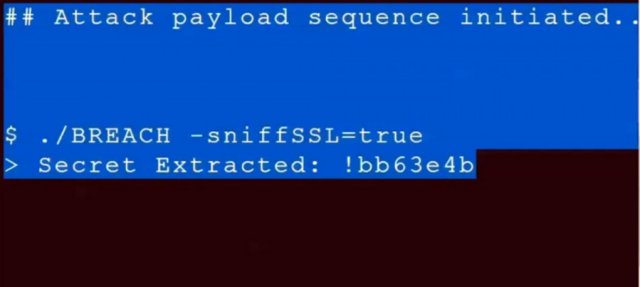
The HTTPS cryptographic scheme, which protects millions of websites, is susceptible to a new attack that allows hackers to pluck e-mail addresses and certain types of security credentials out of encrypted pages, often in as little as 30 seconds.
The technique, scheduled to be demonstrated Thursday at the Black Hat security conference in Las Vegas, decodes encrypted data that online banks and e-commerce sites send in responses that are protected by the widely used transport layer security (TLS) and secure sockets layer (SSL) protocols. The attack can extract specific pieces of data, such as social security numbers, e-mail addresses, certain types of security tokens, and password-reset links. It works against all versions of TLS and SSL regardless of the encryption algorithm or cipher that's used.
It requires that the attacker have the ability to passively monitor the traffic traveling between the end user and website. The attack also requires the attacker to force the victim to visit a malicious link. This can be done by injecting an iframe tag in a website the victim normally visits or, alternatively, by tricking the victim into viewing an e-mail with hidden images that automatically download and generate HTTP requests. The malicious link causes the victim's computer to make multiple requests to the HTTPS server that's being targeted. These requests are used to make "probing guesses" that will be explained shortly.
Read 16 remaining paragraphs | Comments




